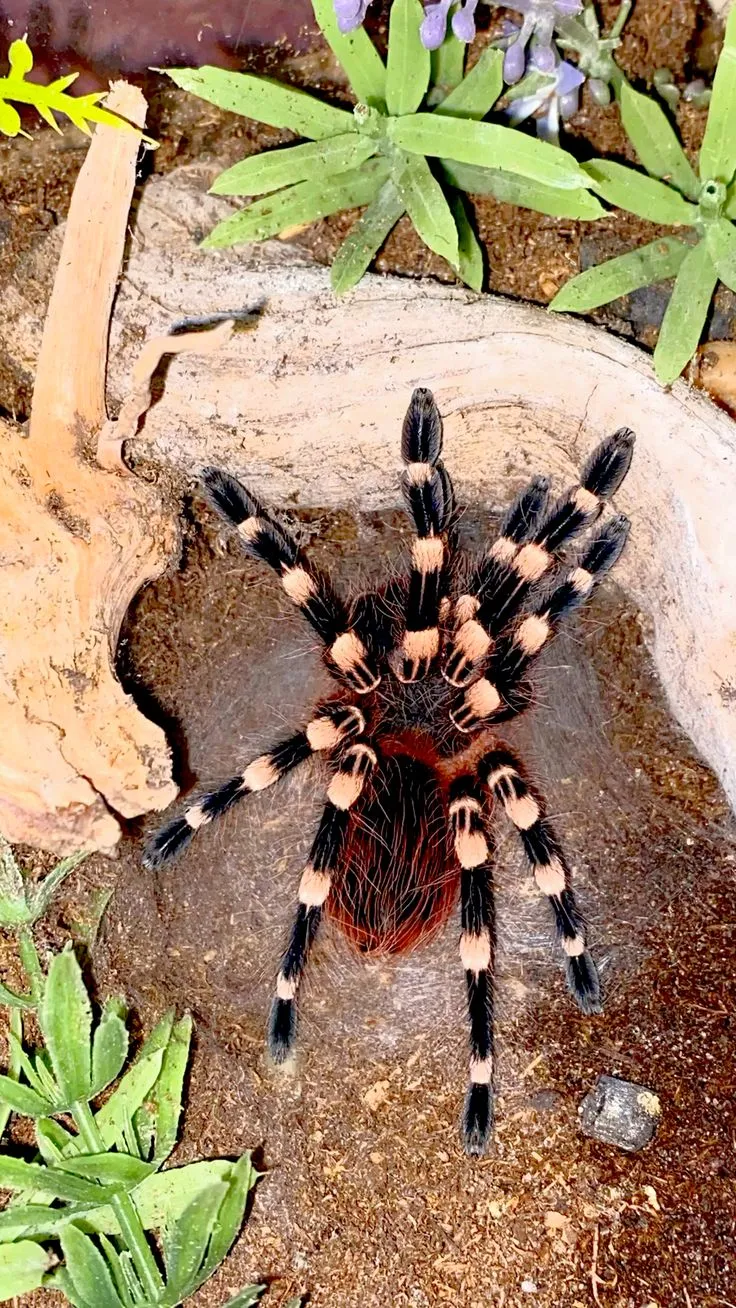White Knee Tarantula Habitat
Caring for a White Knee Tarantula, or Acanthoscurria geniculata, can be a rewarding experience for any arachnid enthusiast. Native to the rainforests of Brazil, these impressive spiders are known for their striking appearance and relatively docile temperament, making them a popular choice for beginners. This comprehensive guide will provide you with everything you need to know to create a thriving environment for your White Knee Tarantula, covering essential aspects like habitat setup, feeding, handling, and health.
Enclosure Size and Setup
The enclosure size is critical to the well-being of your White Knee Tarantula. They are terrestrial spiders and require a habitat that is wider than it is tall. For a juvenile, a 10-gallon tank is often sufficient. As your tarantula grows, you will need to upgrade to a larger enclosure. A 20-gallon long tank is generally suitable for an adult White Knee Tarantula. The enclosure should be escape-proof, with a secure lid. Ventilation is also crucial to prevent the build-up of harmful gases and mold growth. This can be achieved by cross-ventilation, such as holes on the sides and top of the enclosure. Avoid placing the enclosure in direct sunlight or near heat sources.
Substrate Choices for White Knee Tarantulas
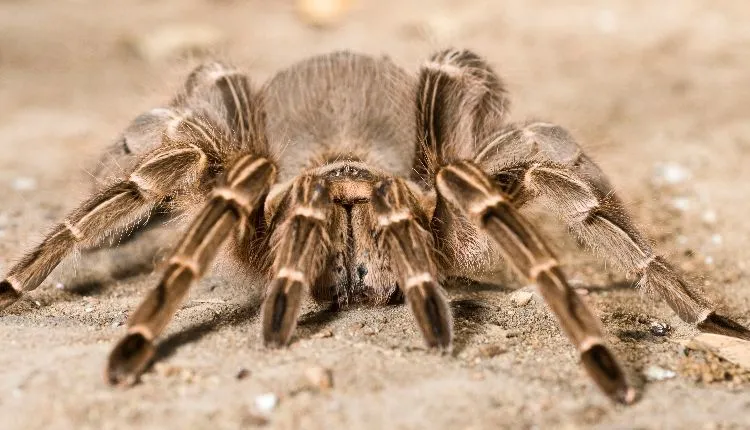
The substrate provides a comfortable environment for your tarantula to burrow and molt. A good substrate will also help to maintain proper humidity levels. Several options are available, and the best choice often depends on personal preference and the specific needs of your tarantula. A popular choice is a mixture of coconut fiber (eco earth), peat moss, and a small amount of vermiculite. This combination holds moisture well, allowing for the right humidity, and is also ideal for burrowing. Avoid substrates such as cedar or pine shavings, as these can be toxic to tarantulas. The substrate should be deep enough for the tarantula to burrow, usually around 4-6 inches for an adult.
Temperature and Humidity for White Knee Tarantulas
White Knee Tarantulas thrive in a tropical environment, and maintaining the correct temperature and humidity is essential. The ideal temperature range is between 75-85°F (24-29°C). You can use a heat mat attached to the side of the enclosure to maintain the temperature, but avoid placing it directly under the enclosure, as this can cause the substrate to dry out too quickly. Humidity levels should be between 70-80%. You can monitor humidity using a hygrometer. To maintain humidity, mist the enclosure with dechlorinated water every few days. Ensure proper ventilation to prevent the build-up of mold.
White Knee Tarantula Feeding
Feeding your White Knee Tarantula is a straightforward process, but it is essential to do it correctly to ensure their health and well-being. The diet of a White Knee Tarantula primarily consists of insects, and the size of the food should correspond to the size of the tarantula. It’s important to provide a varied diet to ensure your tarantula receives all the necessary nutrients. Remember to remove any uneaten food within 24 hours to prevent the growth of mites and mold.
What to Feed Your White Knee Tarantula

A variety of insects are suitable for feeding your White Knee Tarantula. Crickets, mealworms, dubia roaches, and superworms are all excellent choices. Ensure that the insects are gut-loaded with nutritious food before offering them to your tarantula. This process involves feeding the insects high-quality food such as vegetables and fruits, enriching their nutritional value. Avoid feeding your tarantula wild-caught insects, as they may contain pesticides or parasites. Offer pre-killed insects to young spiderlings or if your tarantula is not a strong hunter.
Feeding Frequency for White Knee Tarantulas
The feeding frequency for your White Knee Tarantula depends on its age and size. Spiderlings should be fed two to three times a week. Juvenile tarantulas can be fed once or twice a week. Adult White Knee Tarantulas can be fed once every one to two weeks. Always observe your tarantula’s behavior; if it refuses food, it may be preparing to molt. Remove any uneaten prey after 24 hours to prevent stress and potential problems.
Watering and Hydration
Providing fresh water is crucial for your White Knee Tarantula’s hydration. You should have a shallow water dish in the enclosure, always filled with clean, fresh water. Use a water dish that is shallow enough to prevent the tarantula from drowning. You should also mist the enclosure regularly, especially during molting or when the humidity is low. Ensure that the water is dechlorinated to avoid harming your tarantula. Regular misting and a water dish will help maintain optimal humidity levels and keep your tarantula healthy.
White Knee Tarantula Handling and Safety
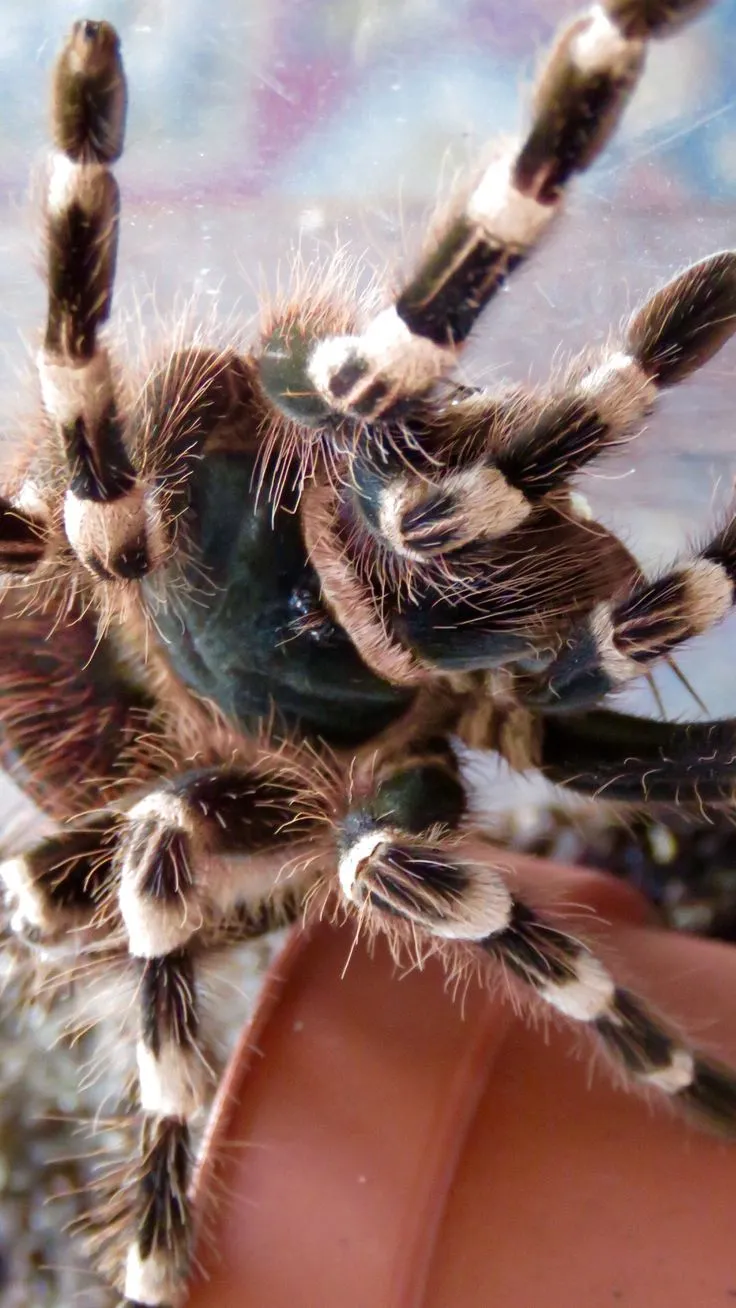
While White Knee Tarantulas are known for their relatively docile nature, it is important to handle them with caution. Handling is not necessary for their well-being and can potentially stress the tarantula or lead to accidental injury. Always be mindful of the tarantula’s size and potential for defensive behavior. If you choose to handle your tarantula, always do so with extreme care and understanding of their behavior.
Handling Considerations
If you decide to handle your White Knee Tarantula, do so gently and slowly. Avoid sudden movements or loud noises, as these can startle the tarantula. Always handle your tarantula over a soft surface, such as a bed or couch, in case it falls. Be aware of your tarantula’s mood; if it appears agitated or defensive, it’s best to leave it alone. Washing your hands before and after handling is also very important.
Safety Precautions
White Knee Tarantulas possess urticating hairs that they can flick off their abdomen as a defense mechanism. These hairs can cause irritation to the skin and eyes. Avoid contact with these hairs. Always be aware of your tarantula’s behavior, and never force it to do anything it doesn’t want to do. Keep your tarantula away from children and other pets, as they may not understand how to handle it safely. In the event of a bite, while not medically significant, it’s essential to clean the area thoroughly and monitor for any adverse reactions.
Common White Knee Tarantula Health Issues
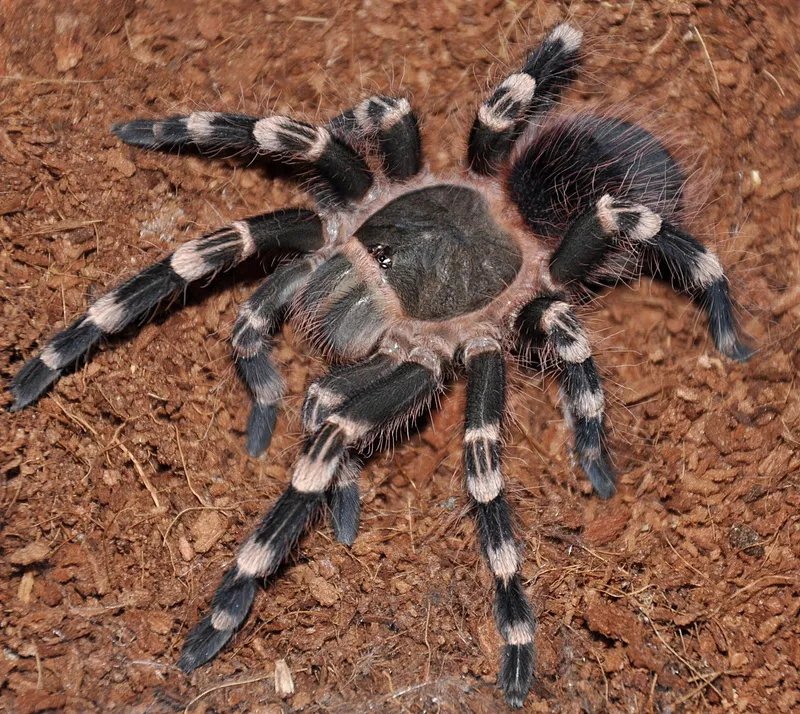
White Knee Tarantulas are generally hardy creatures, but they can still encounter health issues. Proper care and observation are essential to prevent and address any potential problems. Regular checks of the enclosure and your tarantula’s behavior can help catch issues early. Keep a close eye out for any changes in behavior, appetite, or appearance. If you observe anything unusual, it is wise to consult with an experienced tarantula keeper or a veterinarian specializing in exotic animals.
Moulting Process
Moulting is a natural process where tarantulas shed their exoskeleton to grow. During this time, your tarantula will typically stop eating and may appear lethargic. It is crucial to maintain the proper humidity level and avoid disturbing your tarantula during molting. After molting, the tarantula’s new exoskeleton will be soft and vulnerable; do not feed it for at least a week to allow it to harden. The frequency of molting depends on the tarantula’s age; younger tarantulas molt more frequently than adults.
Preventative Care
Preventative care is key to keeping your White Knee Tarantula healthy. Ensure the enclosure is kept clean, and the substrate is changed regularly. Provide a varied diet, and always offer fresh water. Maintain the appropriate temperature and humidity levels. Regularly observe your tarantula for any signs of illness or distress. Quarantine new tarantulas before introducing them to your collection. Preventative care makes a significant difference in the overall well-being of your tarantula.
Conclusion
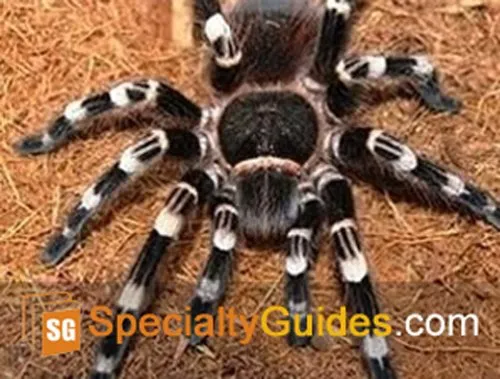
Caring for a White Knee Tarantula can be a fascinating and fulfilling experience. By providing the right environment, proper nutrition, and safe handling practices, you can ensure your tarantula thrives. Remember to always research and learn about the specific needs of your pet and to be patient and observant. With proper care, your White Knee Tarantula can live for many years, providing you with endless opportunities to observe their unique behaviors and beauty. Enjoy the journey of tarantula keeping, and remember to prioritize the health and well-being of your eight-legged friend.
